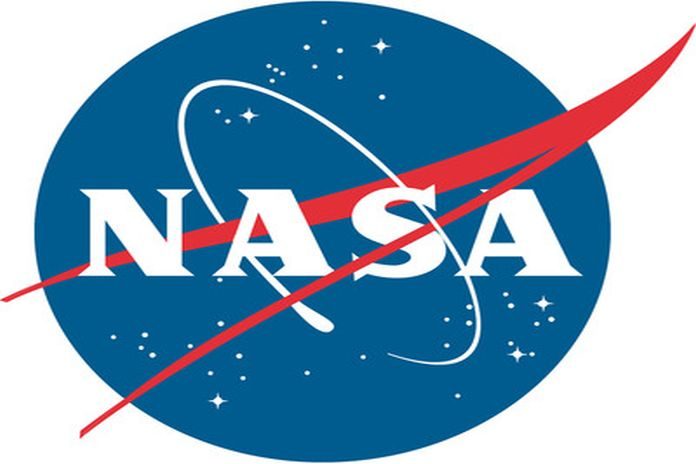WASHINGTON, USA – NASA has selected five proposals for concept studies of missions to help improve understanding of the dynamics of the Sun and the constantly changing space environment with which it interacts around Earth. The information will improve understanding about the universe as well as offer key information to help protect astronauts, satellites, and communications signals – such as GPS – in space.
Each of these Medium-Class Explorer proposals will receive $1.25 million to conduct a nine-month mission concept study. Following the study period, NASA will choose up to two proposals to go forward to launch. Each potential mission has a separate launch opportunity and timeframe.
“We constantly seek missions that use cutting edge technology and novel approaches to push the boundaries of science,” said Thomas Zurbuchen, associate administrator for NASA’s Science Mission Directorate in Washington. “Each one of these proposals offers the chance to observe something we have never before seen or to provide unprecedented insights into key areas of research, all to further the exploration of the universe we live in.”
NASA’s heliophysics program explores the giant, interconnected system of energy, particles, and magnetic fields that fills interplanetary space, a system that constantly changes based on outflow from the Sun and its interaction with the space and atmosphere around Earth.
“Whether it’s looking at the physics of our star, studying aurora, or observing how magnetic fields move through space, the heliophysics community seeks to explore the space system around us from a variety of vantage points,” said Nicky Fox, director of the Heliophysics Division in NASA’s Science Mission Directorate. “We carefully pick missions to provide perfectly placed sensors throughout the solar system, each offering a key perspective to understand the space that human technology and humans increasingly travel through.”
Each of these new proposals seeks to add a new puzzle piece to understanding that larger system, some by looking at the Sun, some by making observations closer to home.
The proposals were selected based on potential science value and feasibility of development plans. The cost for the investigation ultimately chosen for flight will be capped at $250 million and is funded by NASA’s Heliophysics Explorers’ program.
The proposals selected for concept studies are: Solar-Terrestrial Observer for the Response of the Magnetosphere (STORM) – HelioSwarm: The Nature of Turbulence in Space Plasmas – Multi-slit Solar Explorer (MUSE) – Auroral Reconstruction CubeSwarm (ARCS) – Solaris: Revealing the Mysteries of the Sun’s Poles.
For information about NASA and space science, visit.





